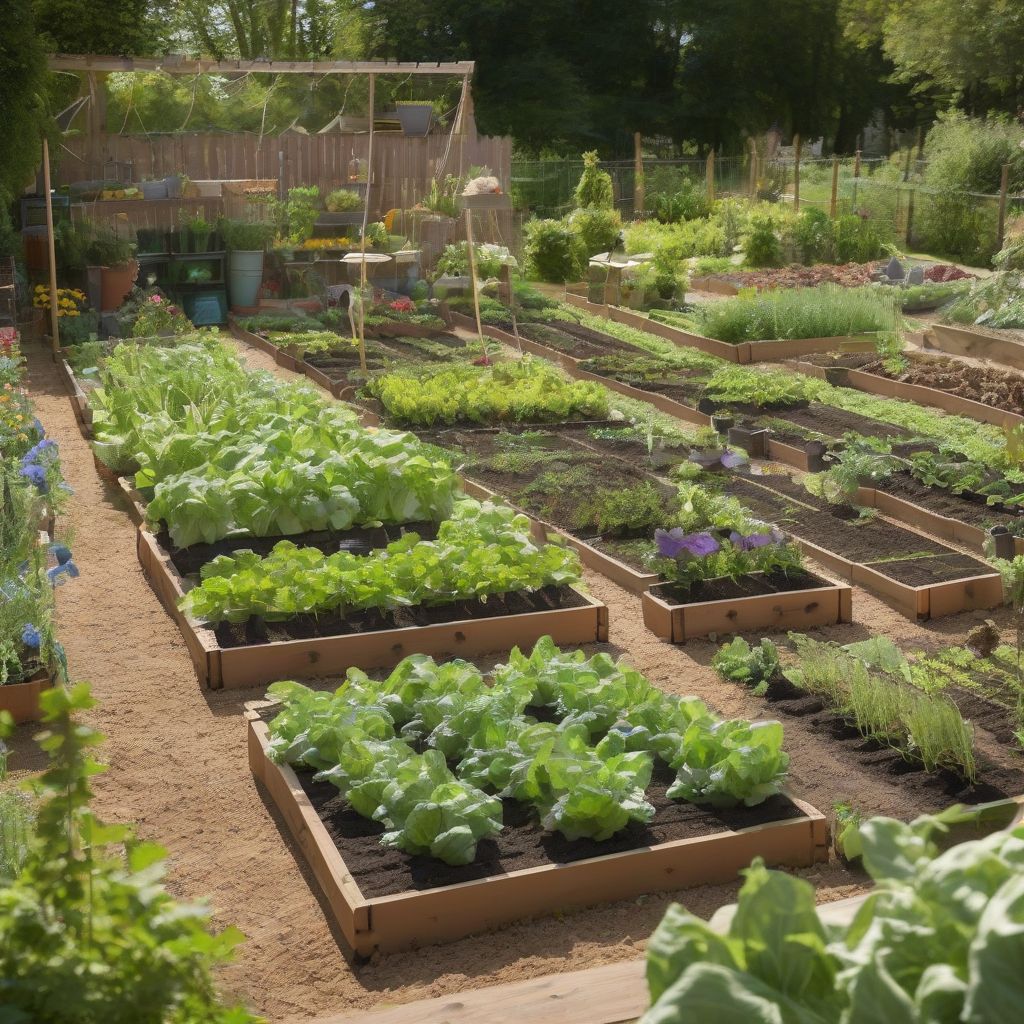Have you ever dreamed of a vibrant garden bursting with colorful flowers and overflowing with fresh, delicious produce? A garden that not only nourishes your body but also soothes your soul? Achieving this dream isn’t about luck; it’s about planning. And the key to a successful garden lies in strategically planning your garden layout by planting calendar. As a nutritionist and meal prep coach, I understand the importance of planning for optimal results, and this applies to gardening just as much as it does to healthy eating.
Why a Planting Calendar is Crucial for Garden Success
A planting calendar is essentially a roadmap for your garden. It tells you when to sow seeds, transplant seedlings, and harvest your crops based on your specific climate and the needs of each plant. Without a plan, you risk planting too early or too late, leading to stunted growth, low yields, and even complete crop failure.
Matching Plants to Your Climate
Understanding your local climate and “hardiness zone” is crucial. Your hardiness zone dictates which plants will thrive in your area based on the average lowest winter temperature. Planting something that’s not suited to your climate is setting yourself up for disappointment. You can find your hardiness zone by searching online – there are plenty of resources available.
Optimizing Space and Sunlight
Planning your garden layout also involves optimizing space and sunlight. Some plants need full sun, while others prefer partial shade. Tall plants can overshadow smaller ones, so careful placement is essential. Consider companion planting, where certain plants benefit from being grown near each other. For example, basil is a great companion for tomatoes, repelling insects and potentially improving their flavor.
 Planning Garden Layout by Planting Calendar
Planning Garden Layout by Planting Calendar
Staggering Your Planting for Continuous Harvest
By staggering your planting – sowing seeds or transplanting seedlings at different times – you can ensure a continuous harvest throughout the growing season. Imagine having fresh lettuce, tomatoes, and herbs available for your meals week after week!
Creating Your Personalized Planting Calendar
Creating a personalized planting calendar might seem daunting, but it’s easier than you think.
Researching Your Plants
Start by researching the specific plants you want to grow. Look for information on their ideal planting times, days to maturity, and sunlight requirements. Local nurseries and gardening websites are excellent resources.
Mapping Out Your Garden Beds
Sketch a map of your garden beds, noting the areas that receive full sun, partial shade, and full shade. This visual representation helps you visualize where each plant will thrive best.
Considering Crop Rotation
Crop rotation is a vital practice for maintaining soil health. It involves rotating the types of crops grown in a specific area each year to prevent nutrient depletion and the buildup of pests and diseases. For instance, after growing heavy feeders like tomatoes, you might plant legumes the following year, as they help replenish nitrogen in the soil.
Utilizing Online Tools and Resources
Several online tools and resources can simplify the planning process. Some websites even generate customized planting calendars based on your location and chosen crops.
Benefits of Planning Your Garden Layout by Planting Calendar
The advantages extend far beyond a beautiful and productive garden.
Reduced Food Waste
By planning your harvests, you reduce the likelihood of having more produce than you can handle, minimizing food waste and maximizing your garden’s bounty. This also translates to saving money on groceries!
Improved Nutritional Intake
Growing your own food allows you to control what goes into your body. You can choose organic methods, avoid harmful pesticides, and savor the flavor of freshly picked fruits and vegetables at their peak nutritional value. As a nutritionist, I can’t emphasize enough the health benefits of incorporating homegrown produce into your diet.
Connection with Nature and Stress Relief
Gardening is a therapeutic activity that connects you with nature and reduces stress. The process of nurturing plants from seed to harvest can be incredibly rewarding and provide a sense of accomplishment.
 Garden Layout Organized by Planting Calendar
Garden Layout Organized by Planting Calendar
Conclusion
Planning your garden layout by planting calendar is the cornerstone of a thriving and productive garden. By following these steps, you can transform your gardening dreams into a reality, enjoying the beauty, bounty, and health benefits that come with nurturing your own little patch of earth. So grab a notebook, start planning, and get ready to experience the joy of gardening success! What are your favorite garden planning tips? Share them in the comments below! And don’t forget to share this article with your fellow gardening enthusiasts!



